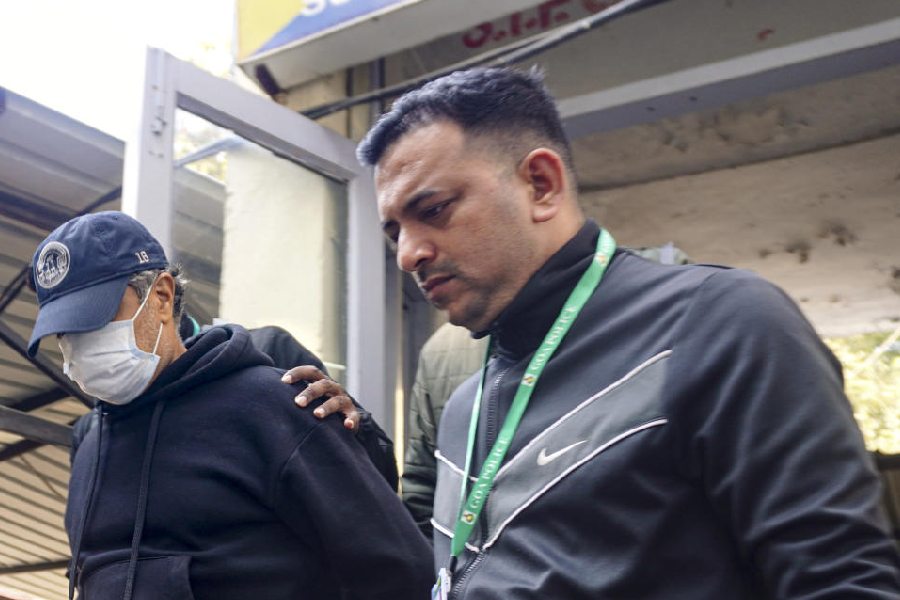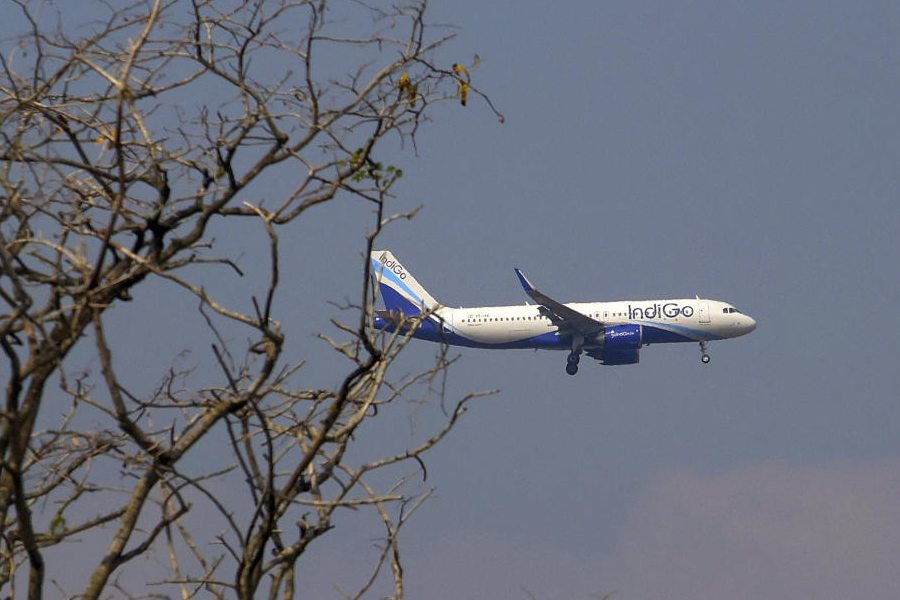Thousands of birds have lost their homes because of Cyclone Amphan, which felled close to 5,000 trees in Calcutta.
Bird lovers and volunteers of NGOs rescued 150-odd birds, most of them juvenile, from across Calcutta after the cyclone. Many more could not be rescued. They were found lying listless in the debris of fallen trees, inside parks and some on roads.
Many birds had weaved their nests on scores of trees lining Bhowanipore Ladies Park this spring. The trees included Krishnachura, Palash, Jamun and Radhachura. About a third of those have been uprooted, while the rest have had branches broken in the cyclone.
Days after the storm, people saw the nesters hopping from one broken branch to another, looking for their homes. Some of the neatly woven nests were on the paved paths while some hung precariously on to broken branches and some had simply vanished.
Bird watcher Sujan Chatterjee, to whom Metro had sent pictures, identified some of the birds as White-breasted Kingfisher, Magpie Robin, Red-vented Bulbul and Lesser Golden-backed Woodpecker.
A day after the storm, a 26-year-old bird lover went to a park beside a large water body near his home in Behala Chowrasta, home to many trees, to check on the nests and their occupants. He saw dead and injured birds in equal numbers. “Many of the dead birds were herons,” Priyam Chattopadhyay, a software engineer, said.

(From left) Asian Koel, Coppersmith Barbet and Lesser Golden-backed Woodpecker
Chattopadhyay called up members of a local club — part of a nature lovers’ group. Together, they rescued 17 birds and provided them with a temporary shelter inside the club.
Chattopadhyay called up an NGO the next day. A volunteer turned up and took the birds.
Kashmira Mullick, a student in Taltala, rescued a kite that had fallen from its roost after the storm.
Mullick, a post-graduate course student of political science at Calcutta University, spotted the kite lying near the driveway of her house. “The bird was unable to fly. I gave it some water and some pieces of chicken before alerting the wildlife rescue centre in Salt Lake.
A team from the centre took the bird.
“The number of trees uprooted and partially damaged in Calcutta, Salt Lake and neighbouring areas stands at more than 10,000,” Suvrajyoti Chatterjee, the secretary of Human and Environment Alliance League, an NGO, said. “Even if most of the trees had one nest and even if each nest had just two chicks, imagine the loss of life and habitat.”
The NGO works for animals.

(From left) Magpie Robin, Red-vented Bulbul and White-breasted Kingfisher
The phones of several NGOs kept ringing for the next two days after the storm. Most callers said they had rescued birds. The NGOs sent their volunteers to these people to collect the birds. Some of the rescued birds could fly on their own after basic treatment, food and water.
The rescued birds included egrets, herons, barbets, kites, owls and woodpeckers, Chatterjee said.
At least 120 birds were sent to the Wild Animal Rescue and Transit Facility Centre in Salt Lake. Some of them were critically injured and did not survive.
“We have kept close to 100 birds in a 40ftX40ft enclosure. Many of the birds are juveniles. They are being given small fish and other food and glucose-laced water,” Manoj Jash, the ranger at the facility, said.
For the birds still in the open, the loss of habitat poses a big challenge.
“They will try and find nesting places in the surviving trees. If they can’t find any, they will disappear. There will be a lot of competition because their habitat has dwindled. The fittest will survive,” birdwatcher Chatterjee said.
Calcutta with its tropical humid climate is prone to regeneration, the birder said. “But we should start replanting trees soon,” he said.
Additional reporting by Snehal Sengupta










